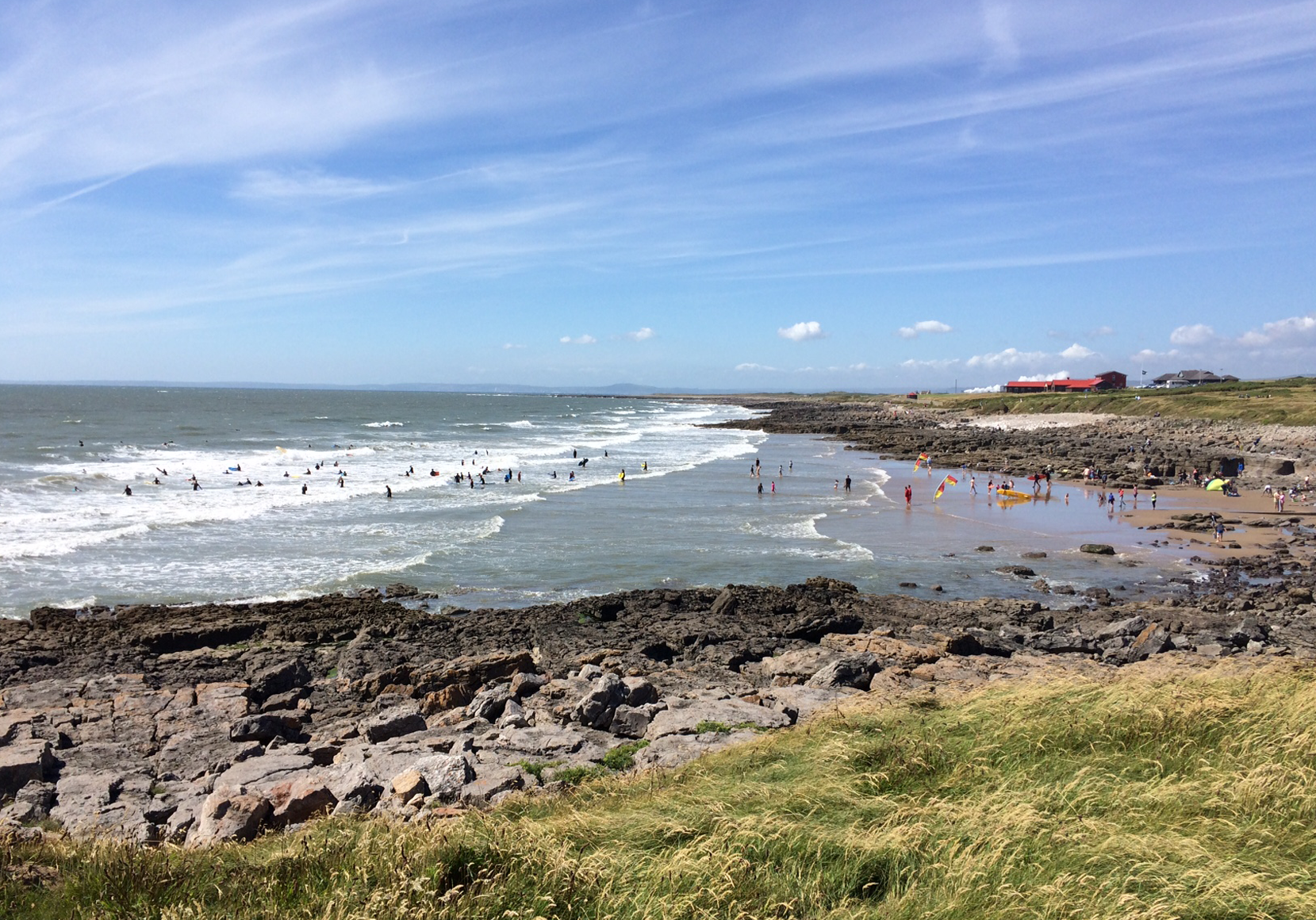Wildlife to look out for during daily exercise
Poster information
Posted on: Tuesday 31 March 2020
As spring arrives, Bridgend County Borough Council’s countryside management officer is asking residents to keep an eye and ear out for wildflowers and wildlife in their own green spaces or during their daily exercise.
With the country on lock-down, schools closed and many people working from home, there’s a great opportunity to spend some time watching wildlife and learning about the environment while keeping to the strict regulations around social distancing.
With people using and valuing green spaces more in the current circumstances, there’s a wonderful chance to take note of all the activity going on around you as you exercise while observing social distancing guidelines.Things are really starting to wake up, there’s lots out and about. Birds are starting to nest, starlings are returning, the blackthorn tree is blossoming, the celandines are flowering, and the hedgehogs are coming out of hibernation.
It would be great if people could take photos of what they see either in their own green spaces or while out taking their daily exercise. Early spring is a good time to see Queen bees, which will spend winter underground and then emerge to feed on the nectar and pollen from early flowering plants. Chiffchaffs are a smaller warbler and one of the first migrant bird species to return from their overwintering in the Mediterranean and Africa. Their name is a giveaway to their song, which is distinctive and a clear sign that spring is underway.
Primroses are commonly seen in woodlands and hedgerows and are a good sign that spring has started. And, frogs and toads come to ponds to breed from about January on with the males tending to come to the ponds first. A sign that a frog or toad has visited your pond is the large amounts of spawn in the pond. Frog spawn is a mass, whereas toad spawn is in strings. Toads tend to like larger water bodies as well. There’s a whole host of resources for people to identify something if they’re not sure what it is.
Countryside management officer Rob Jones
To help you identify flowers and wildlife, visit the following websites:
- Woodland Trust – how to identify trees and more.
- Botanical Keys - find wild flowers.
- RSPB – identify a bird.
- Natural History Museum – tips on identifying nature
You can submit all of your wildlife sightings to the South East Wales Biodiversity Records Centre

